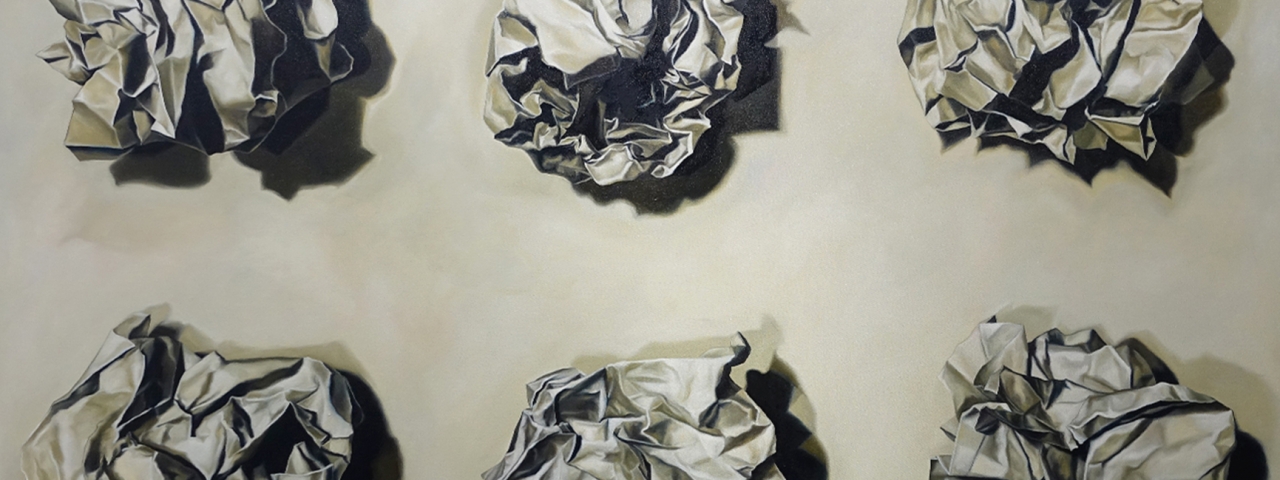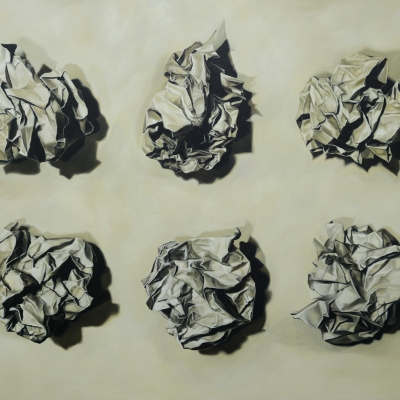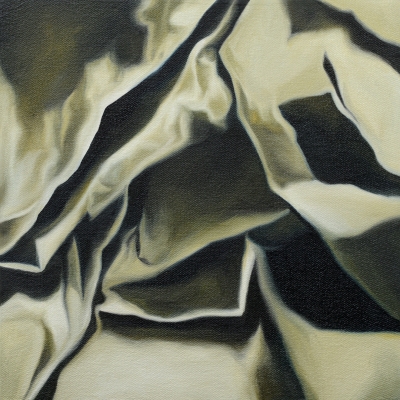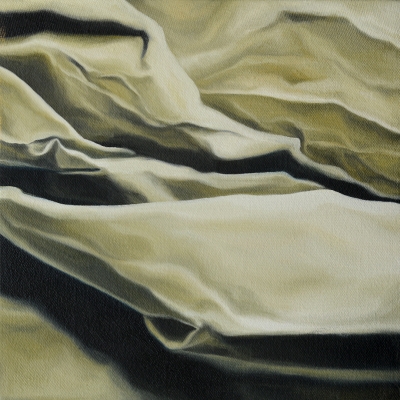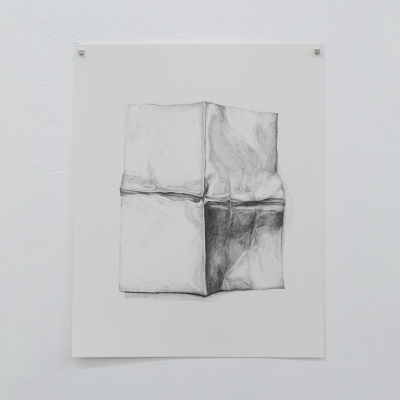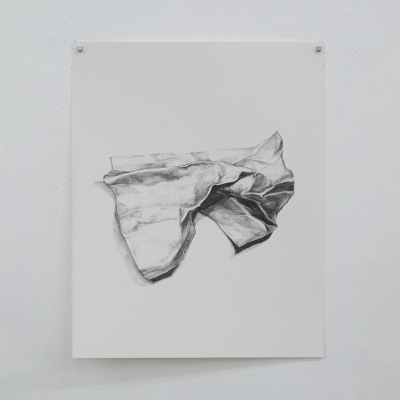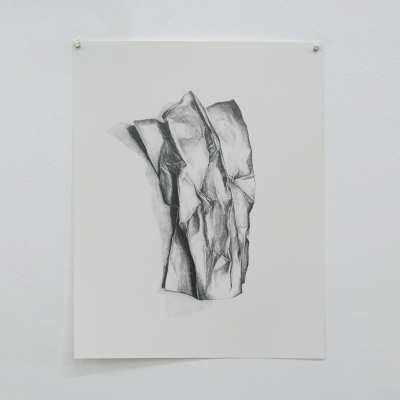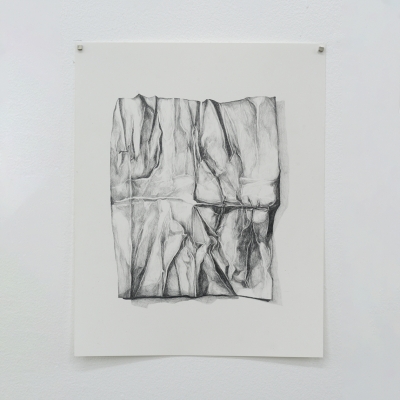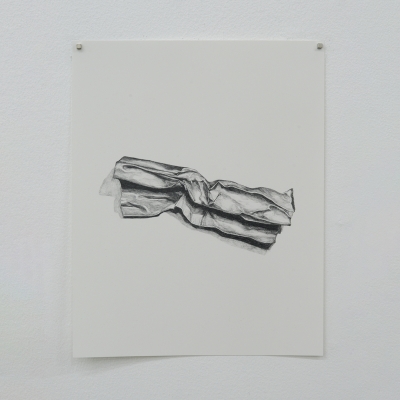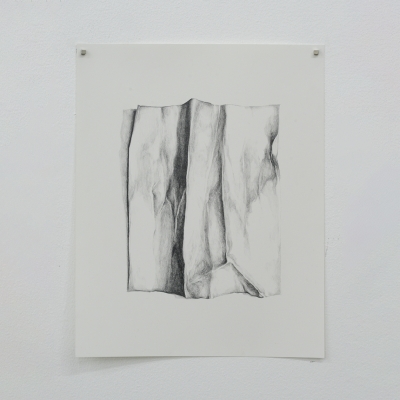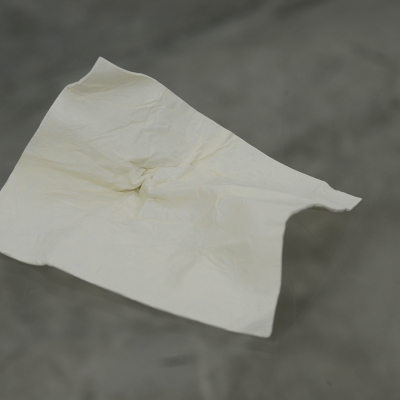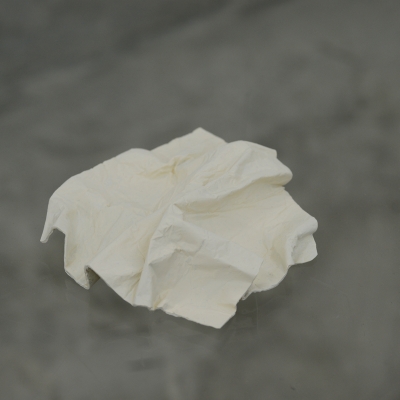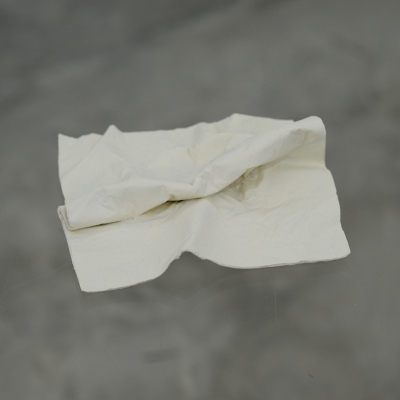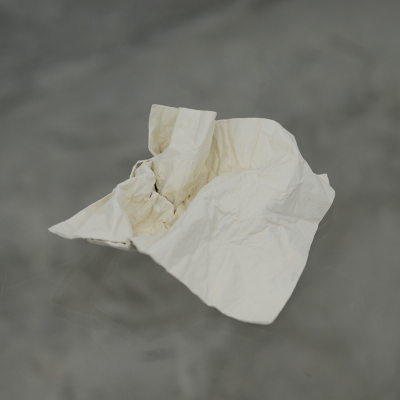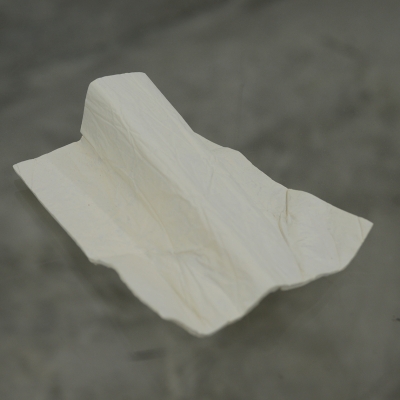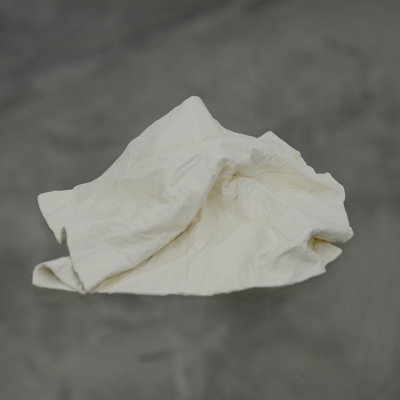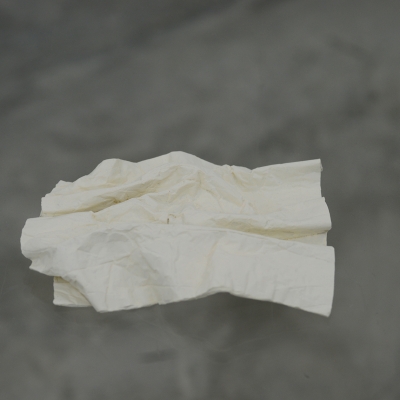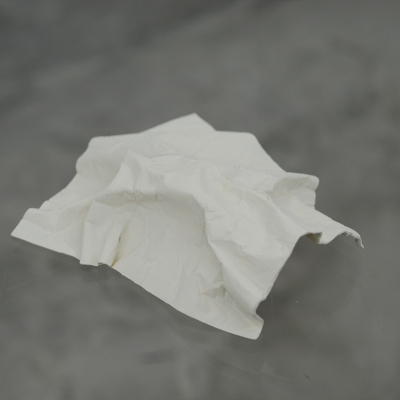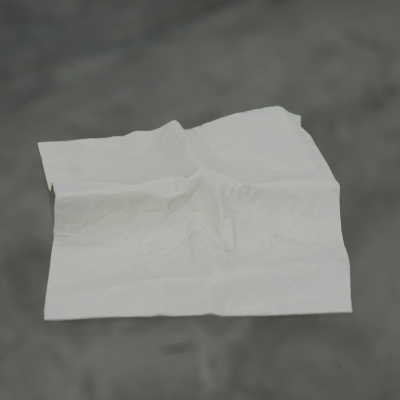“There is no such thing as simple.”
-Martin Scorsese
Paper has long been used in art. While its early uses derive from Papyrus-related objects like baskets, ropes, and footwear from 3100 B.C. Egypt, the Chinese adapted the production and use of paper for traditional arts such as calligraphy and painting around 200 B.C. as a more cost-effective alternative to silk and bamboo.
Since then, paper has gone through countless adaptations and transformations as a medium for art; while many have turned to paper itself as the subject of their explorations. From the monumental abstract “paper paintings” by American artist Mark Bradford to the ethereal paper constructions by Korean artist Chun Kwang Young, paper has taken a central role in the artistic expression of the human being.
Although finding a steady subject in trompe l’oeil paintings of paper packages or scraps, Ayka Go shifts her attention to the materiality of paper and what it means for people living in the 21st century. Going back to paper as a subject and not a medium, she remarks how planar a sheet of paper is, but the slightest crease gives it depth. It acquires a new dimension.
In a time of hype among pop culture artefacts, like mint condition comic books, or MISB (mint in sealed box) collectible toys, a crease in the box reduces the value of the object. Despite inherent printing conditions, there are those who insist on immaculate copies of books entirely devoid of even microscopic folds, as if it decreases the value of the text to be read. There is one action that sums this all up: crumpling a sheet of paper after one decides that what was drawn or what was written on it is no good. It is then thrown into the trash bin or it remains scattered around the workspace.
People are often compared to blank sheets of paper, and as they grow old, the pages get filled up with personal history. What if this does not apply to paper just as a surface, but as a tactile object that exists in three-dimensional space? Then it becomes open to the actual conditions of the world. An intentional fold to place it in a pocket, a crease from being accidentally placed under a heavier object — these marks contribute as much to personal development as the written word. Each fold or crease can also be a memento of pain or struggles, as we console each other that it’s ok to not be okay. It even finds a metaphor with concerns of body image and acceptance.
An image of crumpled paper might seem simple, but underneath it lies the complexity of the human experience. Through it, the materiality of paper as a record keeper not just in itself — but also of itself, is expressed. There is a sublime beauty in the shape and form, in the impressions left on imperfect paper. Unintentional, unplanned, or unsightly — these are the folds that make us.
Koki Lxx

